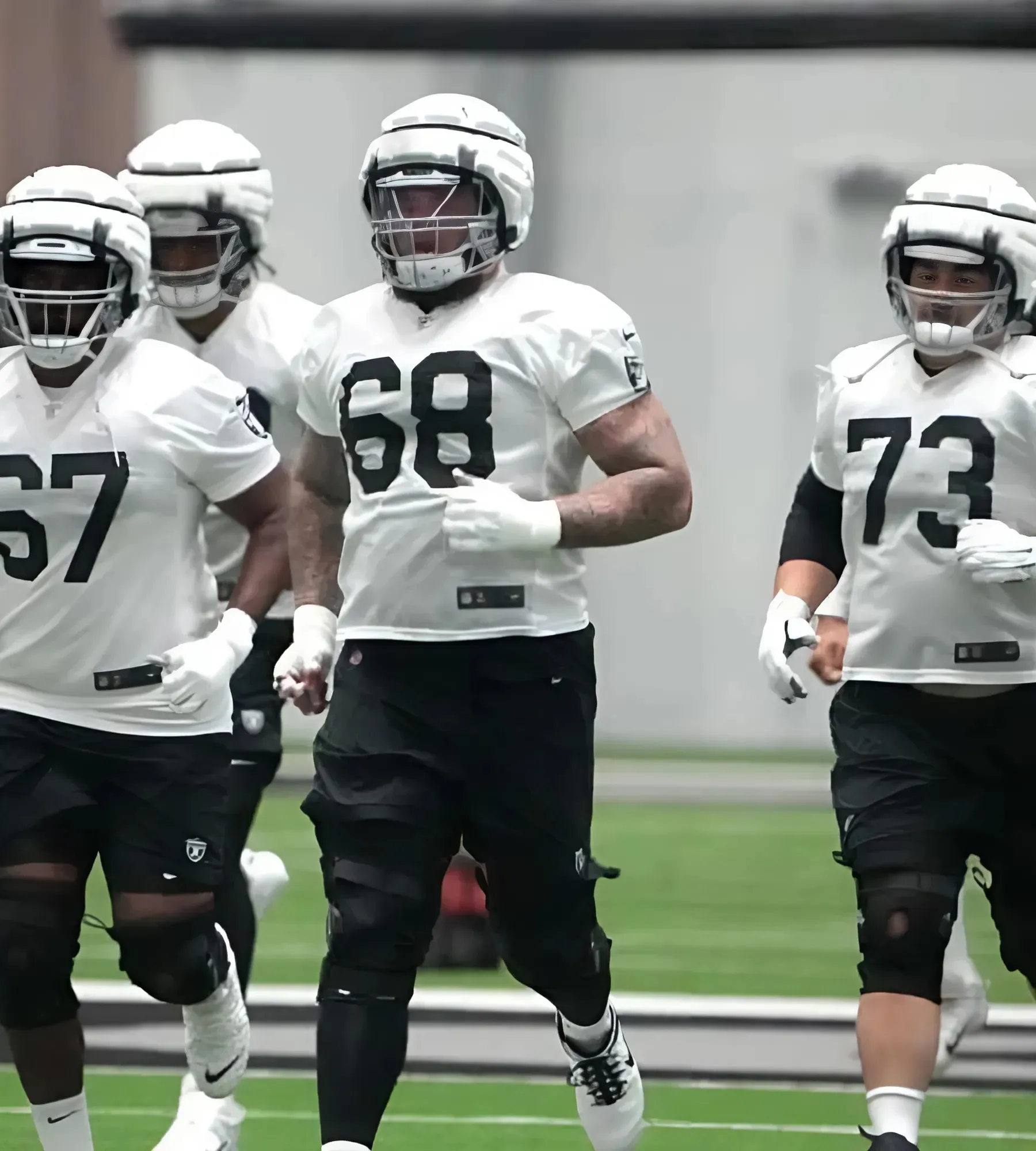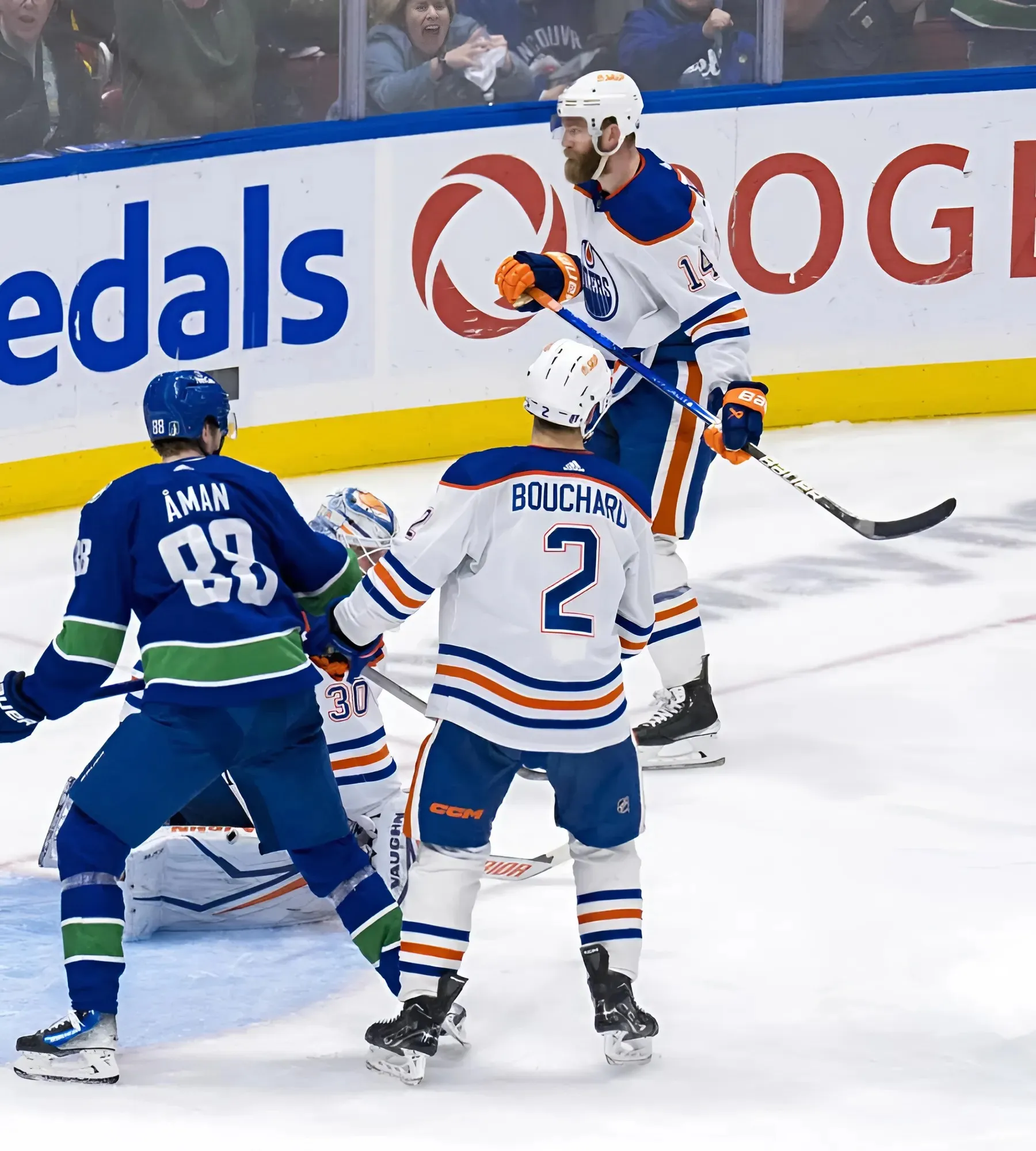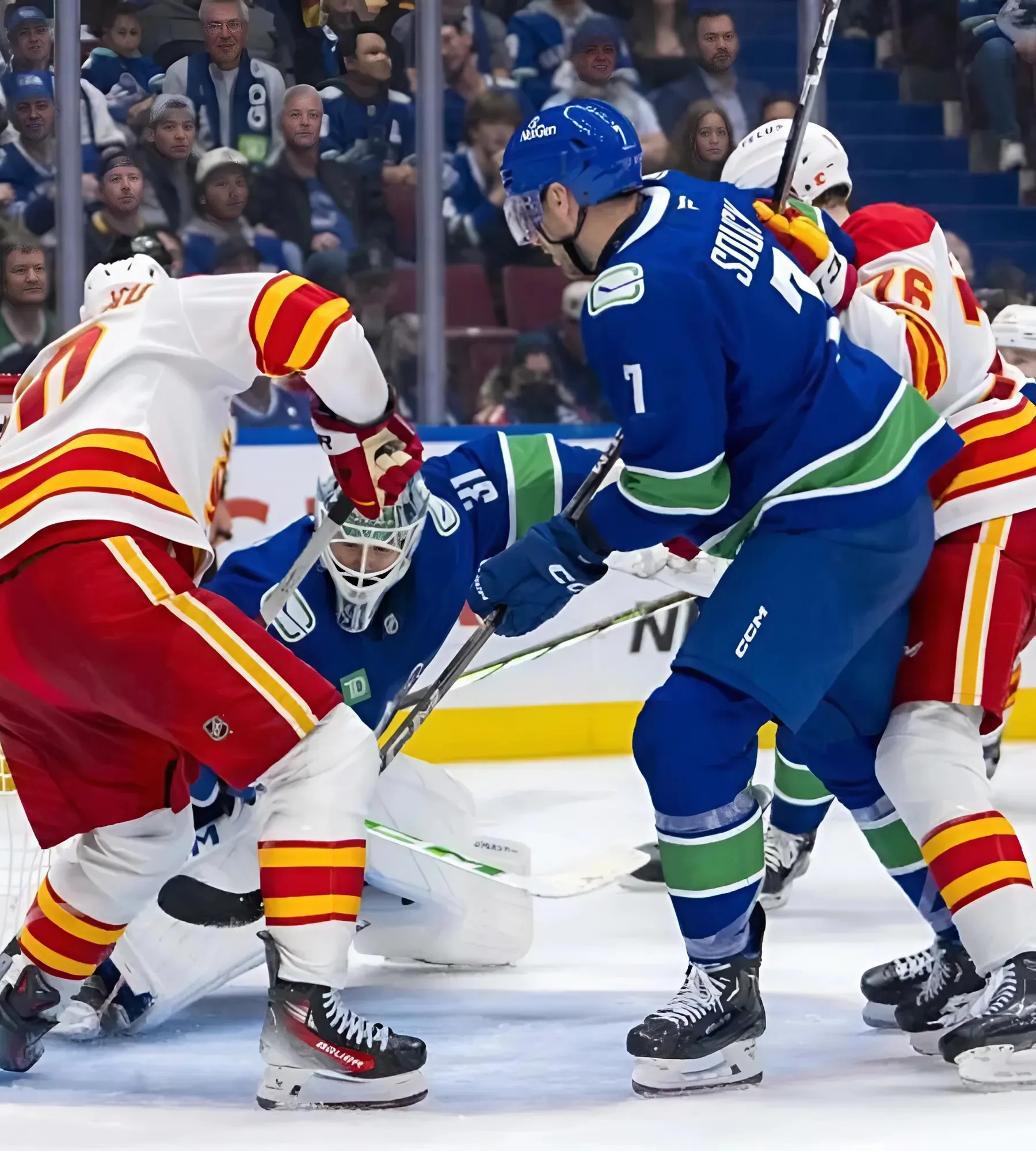CHICAGO - Less than three weeks remain until the Chicago Bulls return to the Advocate Center to prepare for the upcoming season. They enter with more questions than answers after the departures of DeMar DeRozan and Alex Caruso and the unsettled discontentment of Zach LaVine's failed trade venture.

The season's defining question is obvious: Will Lonzo Ball finally be able to play meaningful basketball? But that question is both serious and completely outside of anyone's control - even that of Ball himself - which makes it less fun as a hypothetical to kill time in the waning weeks until the season begins.
So let's turn to five big-picture quandaries facing the Bulls ahead of training camp, which will open Oct. 1.
1. Is Artūras Karnišovas on the hot seat?
The answer will determine the course of the franchise, not just for this season but for the long term. It would be easy for complacency to become the norm in Chicago. Despite lackluster results the last two seasons, the Bulls still lead the league in average attendance by a firm margin. And the devastation from key injuries have been easy scapegoats for executive vice president of basketball operations Artūras Karnišovas and the rest of the front office.
But now it seems natural that this friendly tenor will have to change. The Bulls have missed the playoffs for two straight years. Their most valuable player just walked in free agency. And now they're saddled with a few cumbersome veteran contracts and a rudderless young core.
It's easy to place blame on coach Billy Donovan, whose name has been thrown into coaching rumor mills as the easiest face to blame for the team's downward slide. But in reality, the Bulls have been doomed by roster construction more than anything. A penchant for inaction has left the team a step behind despite clear needs to part with crucial players.
This season, the spotlight will be firmly fixed upon Karnišovas to see how he can steer the franchise out of mediocrity.
2. What will it take to trade Zach LaVine?
Zach LaVine spent most of the last year in a fluctuating state of unrest as the Bulls tried - and failed - to find a trade partner for their maximum-contract star after he began pushing for a move only weeks into the season.
Last year was a low point for LaVine, who averaged only 19.5 points and 3.9 assists in 25 games before being shut down with a right foot injury. He logged one of the worst 3-point-shooting seasons of his career (34.9% on 6.8 attempts per game) and looked generally out of sorts in most appearances. As a result, LaVine essentially stalled out as a trade option for the Bulls because of the size of his contract and the sudden drop-off in his production.
It's clear the extent of this pendulum swing is unfairly harsh. At 29, LaVine is still an explosive scorer who can be a game-changer off the dribble and at the rim. For the Bulls, the primary goal of this season is to prove this for LaVine.
3, Is Nikola Vučević still a long-term piece of the puzzle?
This season will be critical to move the third and final piece of the now-defunct "Big Three" that comprised Karnišovas' first attempt at creating a winning roster.
From the start, Nikola Vučević was always the least natural fit in the offense. First, he had to adjust to a lower volume of shots. Then, the Bulls had to improve their schemes to incorporate the center's central passing more to avoid losing him in the corner. And just when it seemed Vučević had figured out his role, his 3-point shooting took a sudden nosedive, dropping below 30% for the first time since 2016.
The Bulls committed to a future with Vučević when they signed him to a three-year, $60 million deal last summer. With two years left on that contract, the Bulls are in a precarious position - they valued Vučević higher than any other team in the league likely would have but are now trending toward a complete overhaul as they work to move LaVine.
Finding a destination for Vučević at the trade deadline is the Bulls' likely goal. But if his shooting continues to decline, the veteran center's overpriced contract could be another limiting factor as the Bulls continue their reconstruction.
4. What is the ceiling of the young core?
Perhaps the only consistent bright spot from last season came in the steady improvement of young stars. Coby White helmed this theme as the team's newfound point guard and runner-up for Most Improved Player, but Ayo Dosunmu and Dalen Terry made significant gains, showcasing the potential for a future homegrown Bulls roster.
But what is the actual ceiling for all that potential? This feels like a crucial season to reassess all seven members of the under-25 core: White, Dosunmu, Terry, Patrick Williams, Julian Phillips, Matas Buzelis and Josh Giddey.
5. What to do about the 2025 NBA draft?
The draft wasn't a huge focal point in 2024 for the Bulls - or, truly, any NBA team last season - because of the overall standing of a hit-or-miss class. But the 2025 draft class is a completely different story. Headlined by Duke standout Cooper Flagg, this season should see a return to teams jockeying significantly to land in the lottery and select top talent.
The Bulls' path to the draft could be determined by the last piece of the 2021 trade to acquire DeRozan from the San Antonio Spurs. The Bulls are protected from conveying their pick to San Antonio only if they land a top-10 pick.
In a year like this, the Bulls can't leave their landing spot up to chance. It's time for the front office to be pragmatic in its approach to the roster-building mechanisms by moving a sufficient number of players at the deadline to secure a top-10 pick and turn the page toward the future.
This strategy must be set by the front office at the start of the season and held to firmly - yes, even if the Bulls are on track for another year in NBA play-in tournament contention.



